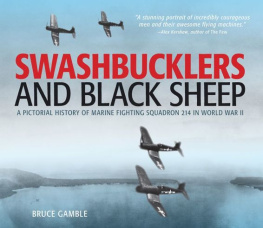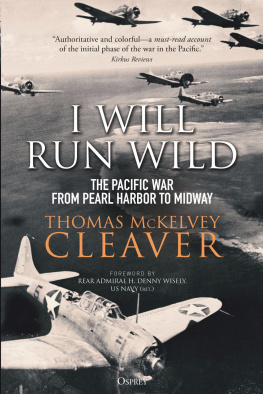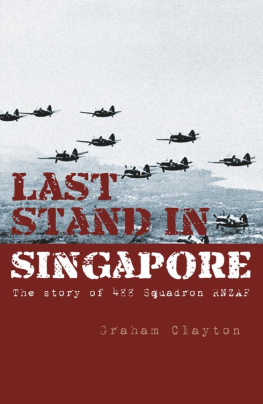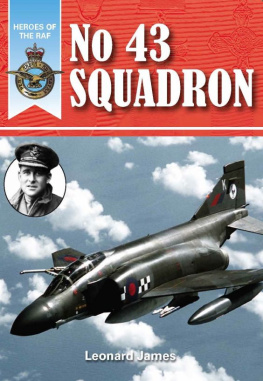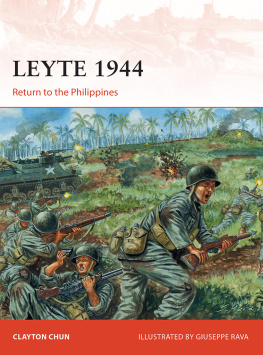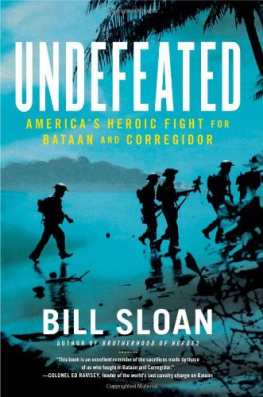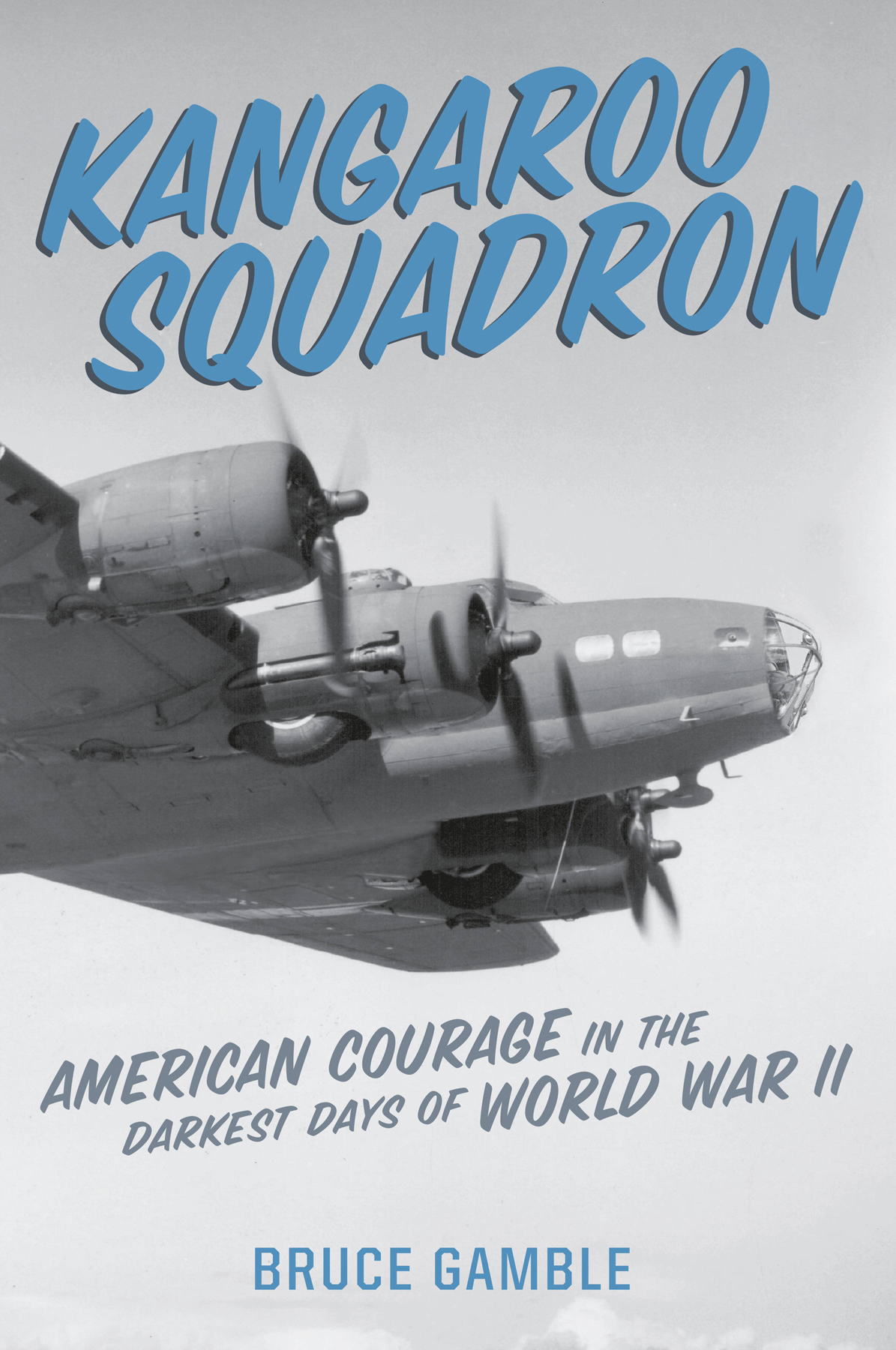Copyright 2018 by Bruce Gamble
Cover design: Alex Camlin
Cover images: Majestic in flight, the Boeing B-17 Flying Fortress was renowned for its survivability. Getty Images via Craig Kelsay
Cover copyright 2018 Hachette Book Group, Inc.
Hachette Book Group supports the right to free expression and the value of copyright. The purpose of copyright is to encourage writers and artists to produce the creative works that enrich our culture.
The scanning, uploading, and distribution of this book without permission is a theft of the authors intellectual property. If you would like permission to use material from the book (other than for review purposes), please contact permissions@hbgusa.com. Thank you for your support of the authors rights.
Da Capo Press
Hachette Book Group
1290 Avenue of the Americas, New York, NY 10104
dacapopress.com
@DaCapoPress, @DaCapoPR
First edition: November 2018
Published by Da Capo Press, an imprint of Perseus Books, LLC, a subsidiary of Hachette Book Group, Inc. The Da Capo Press name and logo is a trademark of the Hachette Book Group.
The Hachette Speakers Bureau provides a wide range of authors for speaking events. To find out more, go to www.hachettespeakersbureau.com or call (866) 376-6591.
The publisher is not responsible for websites (or their content) that are not owned by the publisher.
All maps by the author using modified Google relief-style images
Library of Congress Cataloging-in-Publication Data
Names: Gamble, Bruce, author.
Title: Kangaroo squadron: American courage in the darkest days of World War II / Bruce Gamble.
Description: First Da Capo Press edition. | Boston: Da Capo Press, [2018] | Includes bibliographical references and index.
Identifiers: LCCN 2018021086 | ISBN 9780306903120 (hardcover) | ISBN 9780306903106 (ebook)
Subjects: LCSH: United States. Army Air Forces. Bombardment Squadron, 435th. | B-17 bomberHistory20th century. | World War, 1939-1945Pacific Area. | World War, 1939-1945Aerial operations, American. | World War, 1939-1945Regimental historiesUnited States.
Classification: LCC D790.263 435th .G36 2018 | DDC 940.54/4973dc23
LC record available at https://lccn.loc.gov/2018021086
ISBNs: 978-0-306-90312-0 (hardcover), 978-0-306-90310-6 (ebook)
E3-20181020-JV-PC
With his exquisite eye for detail and spellbinding talent as a storyteller, Bruce Gamble takes readers on an unforgettable journey through the perilous early months of World War II in the Southwest Pacific.
Colonel Walter Boyne, author and former director of the National Air and Space Museum
Fast-paced and packed with vivid descriptions and valuable information, Kangaroo Squadron shines a bright light on the valiant American fliers who took on the Japanese in the first engagements in the Pacific. Bruce Gamble brings these heroes out of the shadows and makes them come alive. A must-read for anyone interested in World War II.
John Darnton, Pulitzer Prizewinning journalist and author of Almost a Family
Bruce Gamble demonstrates again why he is one of the best aviation historians in the business. In Kangaroo Squadron he has crafted a fascinating account of men and machines, painting a compelling picture of what it was like to fight as an American aviator during the very darkest days of the Pacific War. Outstanding!
Jonathan Parshall, co-author of Shattered Sword: The Untold Story of the Battle of Midway
Bruce Gambles excellent history of the U.S. Armys B-17 bombers in the Pacific, officially the Southern Bomber Command but colloquially known as the Kangaroo Squadron, is a triumph. The characters are vivid and the narrative gripping; the story of the downed B-17 later known as the Swamp Ghost is especially riveting. Throughout, Gambles mastery of aircraft characteristics is impeccable, and his fast-paced storytelling is irresistible.
Craig L. Symonds, author of World War II at Sea: A Global History
Flying Boeing B-17s, the Kangaroo Squadrons aircrews and maintenance men fought not only Imperial Japan but weather, geography, and a perennial shortage of everythingexcept courage and dedication. Their example remains an inspiration to Americans three generations later, thanks to Bruce Gambles in-depth research and deft writing.
Barrett Tillman, author of On Wave and Wing: The 100-Year Quest to Perfect the Aircraft Carrier
The Black Sheep: The Definitive Account of Marine Fighting Squadron 214 in World War II
Black Sheep One: The Life of Gregory Pappy Boyington
The Rabaul Trilogy:
Invasion Rabaul: The Epic Story of Lark Force, the Forgotten Garrison, JanuaryJuly 1942
Fortress Rabaul: The Battle for the Southwest Pacific, January 1942April 1943
Target: Rabaul: The Allied Siege of Japans Most Notorious Stronghold, March 1943August 1945
Swashbucklers and Black Sheep: A Pictorial History of Marine Fighting Squadron 214 in World War II
For all the fine young men who served overseas with the Kangaroo Squadron:
You were the tip of the spear during our time of need.
I t is neither an exaggeration nor boastful arrogance to say that I was born to write this story. When I came into this worldon the anniversary of the Japanese attack on Pearl Harbor, no lessI became part of a large, extended family living in an old stone farmhouse in Bucks County, Pennsylvania. Three generations resided in that wonderful home, including my uncle, John Steinbinder, a navigator in the squadron whose story is described herein.
My immediate family later moved from Bucks County, so I had little awareness of Uncle Johnnys military service during my youth. Instead I paid more attention to my fathers experiences as a B-29 pilot over Japan, which inspired me to serve as a flight officer in the U.S. Navy during the closing years of the Cold War. It wasnt until much later, after I was medically retired and began writing, that my interest in Uncle Johnnys wartime adventures revived. Sadly, by the time I began work on my trilogy about Rabaul, he had been diagnosed with Alzheimers. But fate took a turn. Not long before his death, I took possession of a footlocker containing his military papers and other memorabilia, including a handwritten diary filled with details of his combat tour with the Kangaroo Squadron in 1942. Many of his entries revealed the intense drama he experienced during combat missions, which made even the day-to-day commentary seem all the more interesting. And the more I learned about his squadron, the more impressed I became with the achievements those young men accomplished during the darkest days of the war.
While I worked on other books, I began gathering as much information on the Kangaroo Squadron as I could find. Considering the early period of the war, when setbacks and retreats were a daily occurrence and official records were frequently lost or neglected, it was a pleasant surprise to find that a wealth of documentation had been preserved by the Air Force Historical Research Agency (AFHRA) at Maxwell AFB in Montgomery, Alabama. Later, thanks to the assistance of numerous colleagues, I managed to track down the diaries, memoirs, and photograph collections of several other squadron members to supplement the official records and my uncles material. Now, almost sixty years after my arrival on that winter night, it is my honor and privilege to share this narrative account of the Kangaroo Squadron and its brave crews. My only regret is that so few members of Uncle Johnnys generation are still extant. We cant slow the march of time, of course, but it is my sincere hope that this book will enable another generation of readers to appreciate the courageous efforts of a few American aviators during the opening months of World War II. May their actions be remembered for just a little while longer.


